Making Downtown Duluth More Accessible
Fun + Slow = Flow Streets
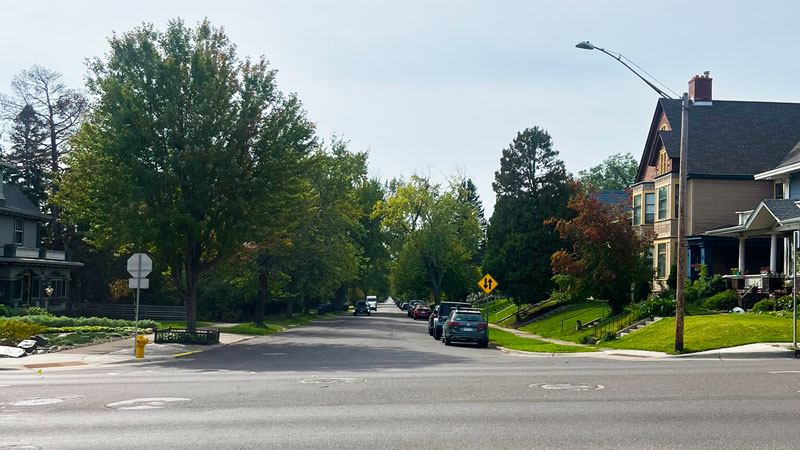
1st Street looking downtown from 21st Ave E
Flow Streets are safe, comfortable, low-vehicle-traffic routes that prioritize community-building through active transportation. These shared streets are open to all forms of transportation, including vehicles accessing properties along the corridor.
They emphasize slow and safe speeds to support a diverse mix of uses, creating parity between users and making streets safer for walking, rolling, and cycling for people of all ages and abilities.
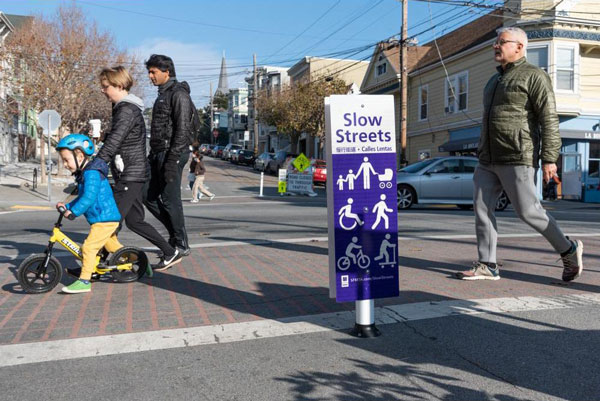
An example of a Slow Street in San Francisco
Photo: SFMTA
NACTO (National Association of City Transportation Officials) represents major North American cities and their transportation departments. They develop design guidelines that help cities build safer, more sustainable streets for everyone.
Streets are our most vital yet underutilized public spaces and should be designed as public spaces as well as channels for movement.
Well-designed streets generate higher revenues for businesses and higher values for property owners.
Transportation engineers can work flexibly and reuse space for different purposes.
Engineers can design streets where people of all ages (8 to 80 years old) can cross paths safely.
Cities can implement low-cost projects quickly using interim materials, later replacing them as funding allows.
Flow Streets support ADA's goal of ensuring people with disabilities can fully participate in civic and social life.
We propose turning First Street into a Flow Street to create a downtown flexibility corridor that is safe and accessible to everyone. The proposed route would be First Street between 21st Ave. E. and 6th Ave. W., where signage would direct users to the Cross-City Trail.
First Street already sees relatively low rates of through traffic, which means slower speeds would have minimal impact on existing car users while maximizing the draw to new non-motorized users.
The proposal maintains existing parking and local traffic patterns, ensuring businesses and residents maintain access.
People-oriented streets are good for business! Studies show that bicycling benefits businesses and walkable areas see increased foot traffic and sales.
First Street would become part of a city-wide safe transportation corridor, connecting downtown and Lincoln Park, east and west.
Many people feel forced to use the Lakewalk as one of the few safe cycling areas in the city. First Street could draw commuters away, especially in summer months when recreational Lakewalk use is highest.
Superior Street from 6th Ave W to 4th Ave E is the region's top-ranked corridor needing safety improvements, requiring $1 million according to the MIC Safety Action Plan.
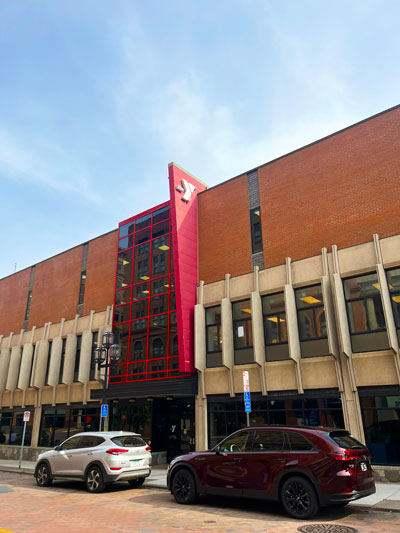
The YMCA serves as a major community anchor along the corridor
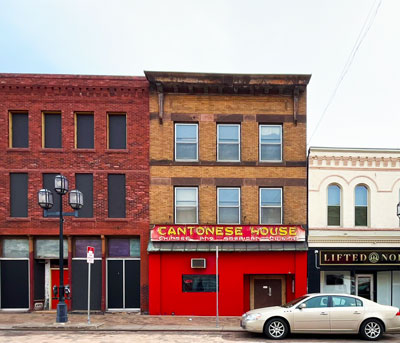
First Street hosts diverse businesses that would benefit from increased foot traffic
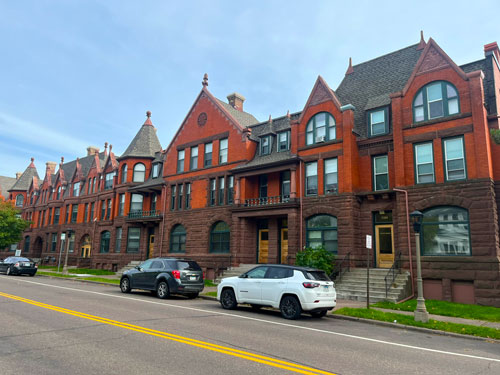
The corridor connects vibrant residential areas throughout downtown
Duluth's Comprehensive Plan calls for a transportation system that connects all users in a way that promotes safety, health, and quality of life. Currently, Duluth's cycling network leaves out the 92% of cyclists who do not identify as "strong and fearless" or "enthused and confident." The plan states: "Many more people could consider bicycling as a form of transportation, even if only for some of their daily travels, if the infrastructure was convenient and safe."
This plan calls for "an urban transportation system that is fully integrated and multimodal, where citizens of all ages and abilities have convenient and desirable options." Flow Streets directly support this vision.
Duluth's Climate Emergency Declaration and Minnesota's Climate Action Framework call for reducing greenhouse gas emissions from transportation by 80% by 2040 and reducing vehicle miles traveled by 20% per capita by 2050. Flow Streets provide low-carbon transportation alternatives.
Bike Score
Ranked #62 in Minnesota
11th percentile nationally
Walk Score
"Car-dependent city"
Most errands require a car
Injury Crashes (2024)
5 fatal crashes
Higher per capita than Minneapolis, St Paul, Rochester
"Lowering vehicular speeds is a proven strategy to improve safety for all road users. Safer speeds make more streets comfortable for people of all ages and abilities."
SFMTA's 2021 assessment showed that slow streets did not make traffic on nearby streets worse.
Reduced traffic to less than 1,500 cars per day at speeds below 20 mph. Collisions fell on average 36 percent.
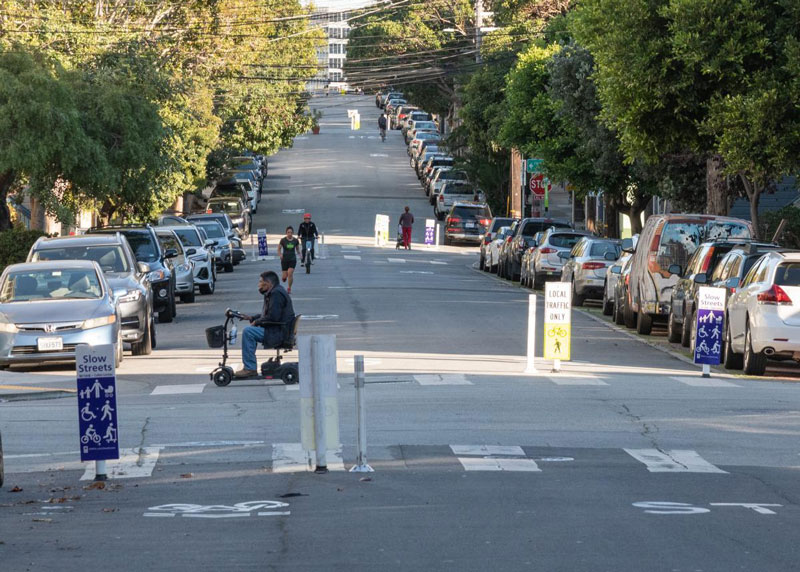
An example of a Slow Street in San Francisco
Photo: SFMTA
Neighborhood Greenways & Bicycle Boulevards
Going Street: "Cars are guests"
Healthy Streets Program
Living Streets Initiative
Sweet Streets Program
Slow Streets Network
Join us in advocating for safer, more accessible streets in Duluth. Your voice can help bring this vision to life!